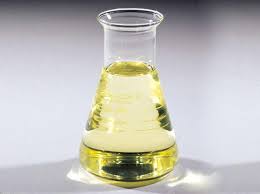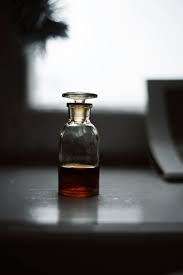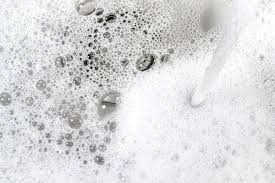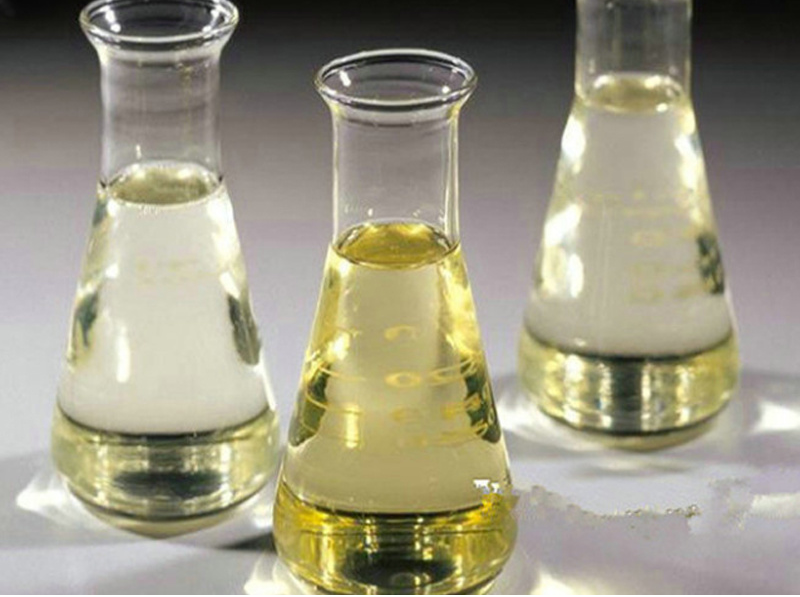**Title:** Surfactant Secrets: Which Fact Doesn’t Belong?
(Which Of The Following Statements Regarding A Surfactant Is False?)
**Intro:** Ever wonder how soap defeats grease? Or why salad dressing separates? The answer often involves surfactants. These clever molecules are everywhere, making modern life cleaner and smoother. But not everything you hear about them is true. Let’s dive into the world of surfactants and uncover which common belief might be misleading.
**1. What Exactly Is a Surfactant?**
A surfactant is a special kind of chemical. Its name comes from “Surface Active Agent.” This name tells you what it does. Surfactants work at surfaces. Think about the surface of water in a sink or the surface of your skin. Surfactants change how these surfaces behave. They are molecules with a split personality. One part of the molecule loves water. This is the hydrophilic head. The other part hates water and loves oil or grease. This is the hydrophobic tail. This dual nature is the key to their power. Because of this structure, surfactants can bridge the gap between water and things that don’t mix with water, like oil or dirt. They reduce surface tension. Surface tension is that invisible “skin” on water that makes bugs walk on it or causes water to bead up. By lowering this tension, surfactants let water spread out and wet things better. This is the first step in cleaning or mixing.
**2. Why Do Surfactants Matter So Much?**
Surfactants matter because they solve a fundamental problem. Water and oil don’t mix. Dirt is often oily. Getting oily dirt off surfaces requires breaking this barrier. Surfactants make this possible. Without them, cleaning would be incredibly hard. Imagine trying to wash greasy dishes with just plain water. It wouldn’t work well. Surfactants make detergents effective. They allow shampoos to lift oil from hair. They help creams and lotions spread smoothly on your skin. Beyond cleaning, they are vital in many industries. They help make paints, inks, and pesticides work properly. They help farmers apply herbicides evenly. They are crucial in making paper, textiles, and even in fighting fires with foam. Life without surfactants would be much less convenient and much dirtier. Their ability to make incompatible things work together is essential.
**3. How Surfactants Actually Work**
Surfactants work through their unique structure and interaction. Remember the hydrophilic head and hydrophobic tail. When you add surfactants to water, they don’t just dissolve quietly. They act. Initially, they gather at the water’s surface. The hydrophobic tails stick up out of the water, away from it. The hydrophilic heads stay down in the water. This breaks water’s surface tension. Now, when you add oil or grease, the hydrophobic tails see their chance. They latch onto the grease molecules. The hydrophilic heads remain anchored in the water. This surrounds the grease particle. It forms a structure called a micelle. The grease is trapped inside this micelle, shielded by the hydrophobic tails. The outside of the micelle is covered in hydrophilic heads. This makes the whole package water-friendly. The trapped grease can now be rinsed away with water. Surfactants also help emulsify. Emulsifying means mixing two liquids that normally separate, like oil and vinegar in salad dressing. The surfactant molecules position themselves around tiny oil droplets, keeping them suspended in the water-based vinegar.
**4. Surfactant Applications in Daily Life**
You encounter surfactants constantly, often without realizing it. The most obvious place is cleaning products. Laundry detergents, dish soaps, hand washes, and surface cleaners all rely heavily on surfactants to lift dirt and grease. Personal care items are full of them. Shampoos and conditioners use surfactants to clean hair and scalp. Body washes, shaving creams, toothpaste, and makeup removers depend on them. Lotions and creams use surfactants to blend oils and water for smooth application. In your kitchen, surfactants might be in food as emulsifiers. They help keep ingredients like oil and vinegar mixed in dressings or prevent chocolate from blooming. Look at industrial uses. Surfactants help disperse pigments in paints and inks. They aid in processing textiles and paper. Farmers use them in pesticides and herbicides to ensure even coverage on plants. Firefighters use specialized surfactant foams to smother fuel fires. They are even used in environmental cleanup, like breaking up oil spills. Surfactants make countless products and processes function effectively.
**5. Surfactant FAQs: Busting Myths**
Let’s tackle some common questions and clear up confusion about surfactants.
* **Are all surfactants harsh chemicals?** Not true. Surfactants vary widely. Some are very mild, derived from coconut or corn, used in baby shampoos. Others are stronger for heavy-duty cleaning. Gentleness depends on the specific type and formulation.
* **Do surfactants always create lots of foam?** False. Foam is not necessary for cleaning. While some surfactants foam heavily, others are low-foaming. Dishwasher detergents and many industrial cleaners use low-foam surfactants. Foam can be a side effect, not the main cleaning action.
* **Are surfactants bad for the environment?** It’s complicated. Some older surfactants broke down slowly and caused problems. Modern surfactants are designed to biodegrade much faster and more completely. Regulations and better chemistry have improved this significantly. Choosing eco-certified products helps.
* **Can surfactants damage surfaces?** Possibly, depending on the surface and surfactant. Harsh surfactants might dull delicate surfaces over time. Always test cleaners on a hidden spot first. Mild surfactants are preferred for sensitive materials.
* **Is the statement “Surfactants only work in hot water” false?** Yes, this is false! While hotter water often helps cleaning by melting grease, surfactants work effectively in cold water too. Modern cold-water detergents use surfactants specifically designed to perform well without heat, saving energy.
(Which Of The Following Statements Regarding A Surfactant Is False?)
* **Do natural products never contain surfactants?** Misleading. Many “natural” products use surfactants derived from plants, like coconut or sugar. These are still surfactants. The source (natural or synthetic) doesn’t automatically make it safer or more effective; performance depends on the molecule itself.
Inquiry us
if you want to want to know more, please feel free to contact us. (nanotrun@yahoo.com)




